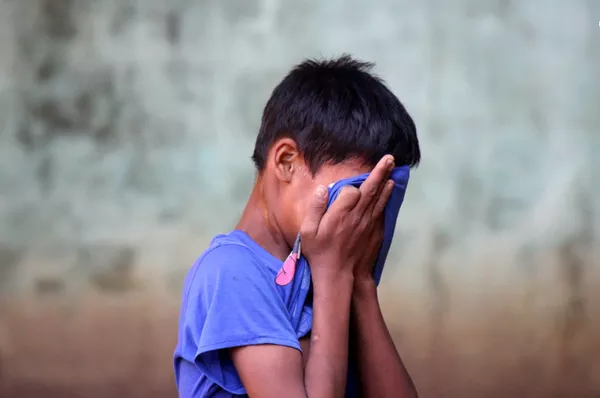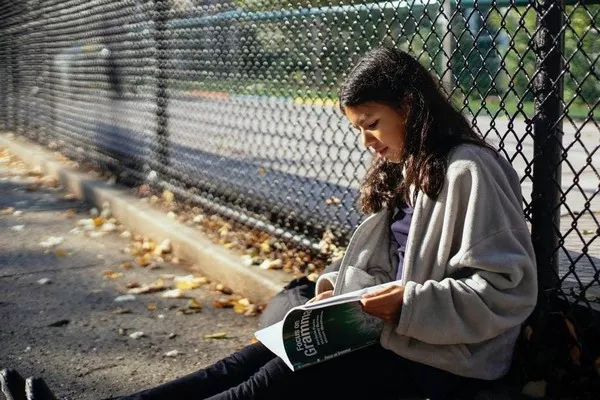New research has revealed that during the COVID-19 pandemic, children from wealthier backgrounds in the UK experienced the most significant deterioration in their mental health.
A study published in the Journal of Epidemiology and Community Health shows that children’s mental health across all socioeconomic groups worsened during the pandemic. Surprisingly, those from more privileged families, characterized by highly educated parents, stable employment, intact households, and high incomes, experienced more pronounced declines in mental health than their less affluent counterparts.
The research indicates that the gap in mental health between the wealthiest and poorest children actually narrowed during the pandemic.
The study’s authors cited several potential reasons for these findings. One factor could be the challenging task of balancing high-paying jobs with childcare and education when schools were closed. This stress, linked to parent distress levels, may have disproportionately affected families where both parents were employed.
Furthermore, essential (key) workers, who often faced increased COVID-19 risks and pressures, may have encountered additional stressors, impacting their children’s mental health. Studies in other countries, such as Brazil and Bangladesh, have reported that children of essential workers who couldn’t work from home experienced worse mental health during the pandemic.
The study analyzed data from 9,272 children as part of the UK Household Longitudinal Study. It compared the mental health of young people using standardized questionnaires taken between 2011 and 2019 (when they were aged 5 to 8) with data collected during the pandemic in July 2020, September 2020, and March 2021 (when they were aged 5 to 11).
The results revealed that wealthier children faced steeper declines in their mental health during the pandemic compared to less advantaged children, who generally had lower mental health scores to begin with. For instance, the disparity in mental health scores between children with unemployed parents and those with employed parents, which was 2.35 points before the pandemic, reduced to just 0.02 points during the pandemic, indicating a narrowing of inequalities.
The researchers cautioned that their study had limitations but emphasized that it provides evidence of ongoing declines in child mental health during the pandemic. They also highlighted the unexpected trend of larger declines in traditionally advantaged groups compared to disadvantaged ones. This suggests that while child mental health became more equal during the pandemic, overall mental health worsened.
The authors speculated that social isolation and reduced access to services during the COVID-19 pandemic may have brought the experiences of traditionally advantaged groups closer to those of children from disadvantaged backgrounds. Additionally, emergency income support measures during the pandemic may have alleviated economic burdens for disadvantaged families.
In a separate report, the Institute for Fiscal Studies (IFS) suggested that the poorest third of families in England would see little direct benefit from the government’s expanded childcare entitlements.
Starting from September 2025, working families will be entitled to up to 30 hours a week of funded term-time care for children from nine months old until school starts. However, the IFS argued that this expansion continued to overlook families in the bottom 30% of income distribution, with most benefits going to those with higher incomes.
A government spokesperson responded, highlighting the government’s significant investments in childcare support, including an expansion of free childcare for working parents and increased support for the most financially vulnerable families.


























